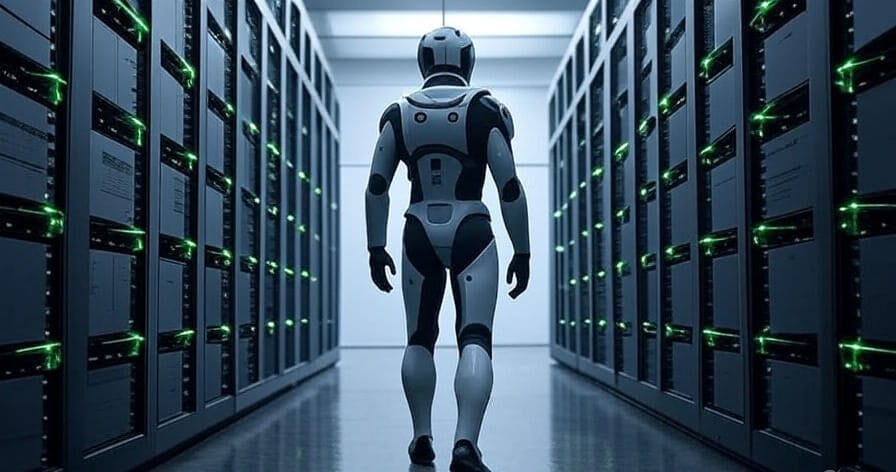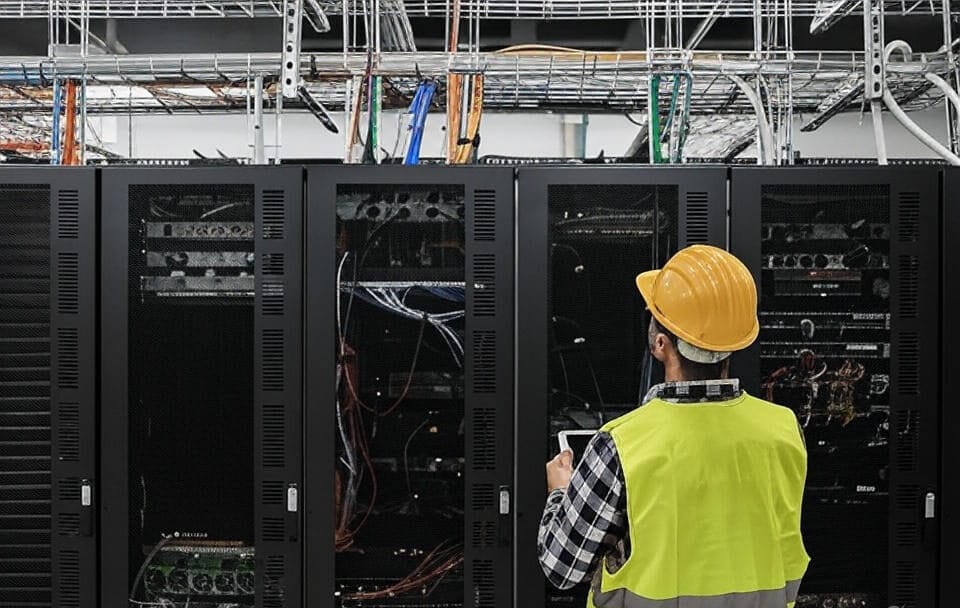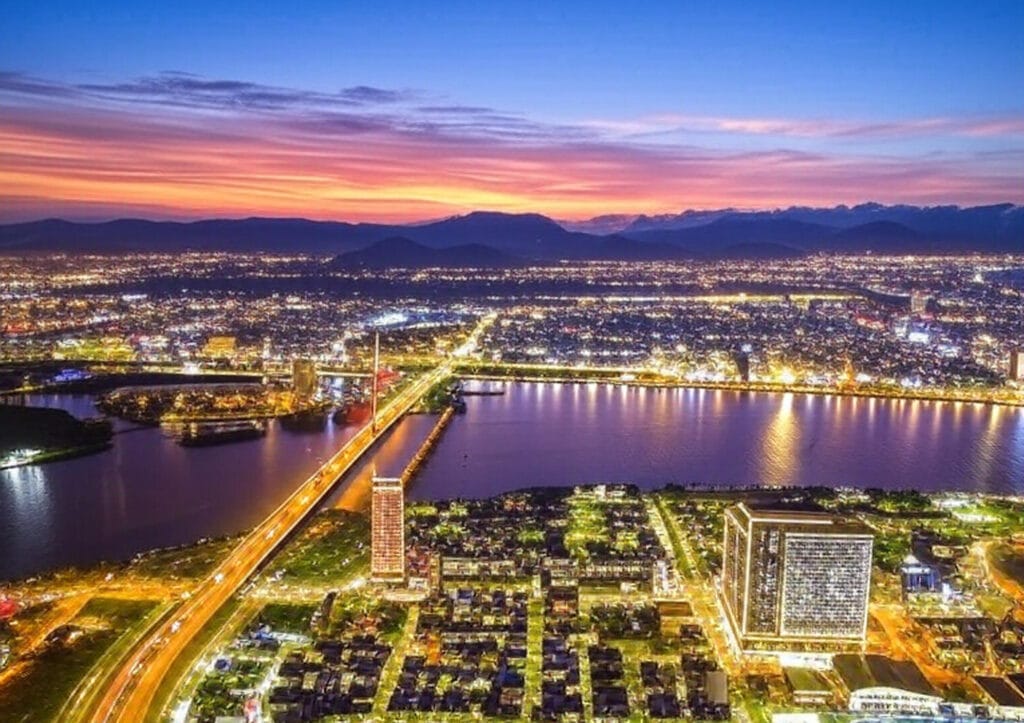
On July 14, 2025, Vietnam’s CMC Corporation secured approval from Ho Chi Minh City authorities to construct a $250 million hyperscale data center, named CMC Hyperscale DC SHTP, marking a significant step in bolstering the nation’s digital infrastructure. This development, coupled with growing global concerns about AI-driven deepfakes highlighted in a recent United Nations report, underscores the dual forces of technological advancement and cybersecurity challenges shaping the digital ecosystem. As Vietnam positions itself as a regional digital hub, the interplay between expanding data infrastructure and combating misinformation through robust cybersecurity measures takes center stage.
CMC’s Hyperscale Data Center

The CMC Hyperscale DC SHTP, located in Saigon Hi-Tech Park (SHTP), is designed to be a cornerstone of Vietnam’s digital economy, with an initial capacity of 30 megawatts, expandable to 120 MW. Unlike traditional data centers, this facility is engineered to support high-performance computing needs, particularly for artificial intelligence (AI), cloud infrastructure, big data analytics, and cybersecurity services. According to Nguyen Trung Chinh, Chairman and Executive President of CMC Corporation, the project is not merely a data center but a “strategic digital infrastructure” aimed at transforming Ho Chi Minh City into a regional digital hub. The center will leverage advanced technologies such as XGS-PON, SD-WAN, SASE, and 800G DWDM optical transmission to ensure ultra-high bandwidth and secure connectivity.
The data center integrates a Digital Twin system for real-time simulation and operational optimization, enhancing efficiency and resilience. It also prioritizes sustainability, incorporating renewable energy sources and water-saving technologies to meet international green standards. CMC’s ecosystem includes a GPU farm with over 1,000 NVIDIA GH200 units and Uptime Tier III-certified facilities, positioning the center to support AI-as-a-Service, big data processing, and cybersecurity solutions for millions of users. This aligns with Vietnam’s broader strategy to advance its AI and cloud ambitions, as evidenced by partnerships with global players like NVIDIA and a $2 billion hyperscale data center proposition by a consortium counting G42, FPT Enterprise, and others.
The project reflects Vietnam’s growing appeal for data center investments, driven by competitive construction costs, strategic geographic positioning, and a liberalized market that now allows full foreign ownership. However, challenges such as regulatory discrepancies, occasional power shortages, and reliance on aging subsea cables could hinder progress.To address these, Ho Chi Minh City has proposed uncommon instruments to adjust with universal guidelines, prioritizing cloud framework over on-premises frameworks to improve security and adaptability.
The Global Threat of AI-Driven Deepfakes
As Vietnam invests in digital infrastructure to support AI, the global community faces escalating concerns about AI-driven deepfakes, as highlighted in a recent UN report. The report emphasizes the urgent need for stronger detection measures to combat misinformation in digital ecosystems. Deepfakes, which use AI to create highly realistic fake audio, video, or images, pose significant risks to individuals, businesses, and governments. A notable example is a 2024 incident where cybercriminals used AI deepfakes to impersonate a company’s CFO, defrauding a Hong Kong-based engineering firm of $25 million. Such incidents underscore the sophistication of AI-driven fraud and the need for advanced cybersecurity solutions.
The UN report calls for enhanced public-private collaboration to develop robust detection technologies. Solutions like Incode’s Passive Liveness Technology, which uses biometric analysis and machine learning to identify deepfakes, are critical in this fight. The report also highlights the importance of integrating cybersecurity into digital infrastructure projects like data centers. As hyperscale facilities like CMC’s become hubs for AI workloads, they must incorporate state-of-the-art security measures to protect against threats like deepfake-driven fraud, data breaches, and misinformation campaigns.
Bridging Infrastructure and Security

The convergence of Vietnam’s data center expansion and the global push against AI-driven deepfakes illustrates the dual nature of AI as both an enabler of innovation and a vector for cyber threats. CMC’s hyperscale data center is poised to support Vietnam’s digital transformation by providing the computational power needed for AI development, cloud services, and big data analytics. Its focus on cybersecurity-as-a-service is particularly relevant, given the rising threat of deepfakes and other AI-driven attacks. By embedding advanced security protocols and leveraging technologies like C.Face, C.OCR, and AI Camera, CMC aims to create a secure digital ecosystem for both domestic and international clients.
However, the success of such initiatives depends on addressing regulatory and infrastructural challenges. Vietnam must align its data regulations with global standards to attract international tech giants while ensuring robust power supplies and connectivity. Simultaneously, global efforts to combat deepfakes require investment in AI-driven detection tools and cross-sector collaboration.The World Financial Forums Organization against Cybercrime, including over 50 accomplices, represents the kind of agreeable system required to handle these challenges.
Conclusion
Vietnam’s $250 million hyperscale data center marks a pivotal moment in its journey to become a regional digital hub, supporting AI, cloud, and cybersecurity services. Concurrently, the UN’s call for stronger measures against AI-driven deepfakes highlights the need for secure digital ecosystems. As Vietnam builds its digital infrastructure, integrating advanced cybersecurity measures will be crucial to safeguarding against emerging threats. This dual focus on innovation and security will shape the future of digital transformation, both in Vietnam and globally.
Sources:
- Reuters, July 14, 2025
- DealStreetAsia, July 14, 2025
- DataCentre Magazine, July 14, 2025
- World Economic Forum, February 4, 2025
- Incode, February 14, 2024







